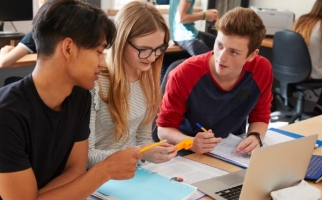
Read-View-Listen
Teaching STEM
This strategy helps students obtain and summarize information presented in different information transmission types (text, images, audio).
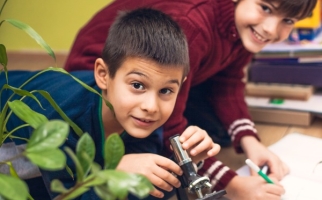
Observe and Record
Teaching STEM
Observe and Record encourages students to use all of their senses to gather information about the world around them and to record their observations to support further learning.

My Questions Round Robin
Teaching STEM
This strategy helps students develop and refine meaningful questions about content.
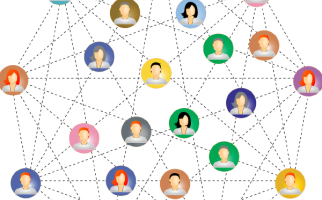
Issues & Stakeholders
Teaching STEM
This strategy helps students develop critical thinking skills by identifying issues and stakeholders

Key Concept Explorations
Teaching STEM
This strategy helps students explain their understanding of a concept using a graphic organizer.
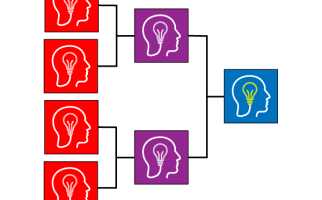
Key Ideas Round Robin
Teaching STEM
This strategy helps students consider the perspectives of others as they summarize key ideas
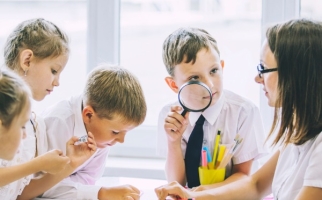
KWL: Know/Want to Know/Learned
Teaching STEM
This strategy helps students reflect on prior knowledge, wonderings and new knowledge.

Making Comparisons
Teaching STEM
Making Comparisons is a way of thinking about two or more objects, ideas and/or events to find out how they are the same and how they are different. Knowing this information allows students to sort, classify and organize objects, ideas and/or events, to connect prior knowledge about them to new knowledge, and to develop appropriate comparative vocabulary.

Importance Line
Teaching STEM
This strategy helps students think critically about ideas by ranking them on a scale.

Group Talk
Teaching STEM
This strategy helps students share and listen to the ideas and questions of others

Chunk-Chew-Check
Teaching STEM
This strategy helps students process and make sense of new information.
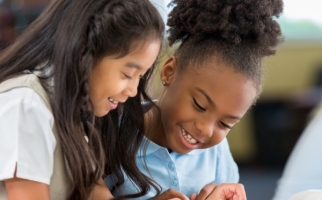
Collaborative Learning
Teaching STEM
Collaborative learning is an approach to learning and teaching in which a group of students work together to achieve a common goal (e.g., to solve a problem, meet a challenge, answer a question, share learning). Collaborative learning requires a learning environment that is fluid and inclusive, and that supports independence and interdependence of students with each other and with the educator.
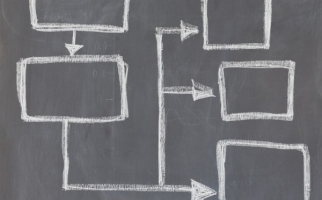
Concept Definition Web
Teaching STEM
This strategy helps students understand the meaning of key concepts through the use of a graphic organizer.

Consensus Mat
Teaching STEM
This strategy helps a group of students share and discuss ideas in order to produce a collective, agreed-upon response.
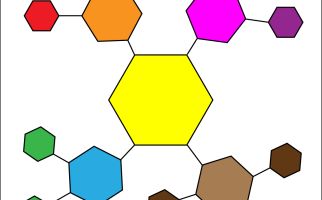
Consequence Mapping
Teaching STEM
This strategy helps students to think deeply about the causes and effects of real or imaginary events, issues, or technologies.